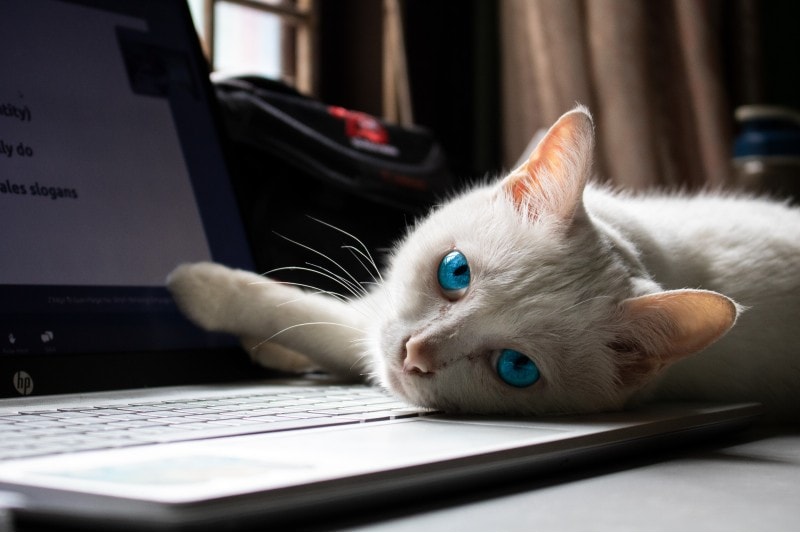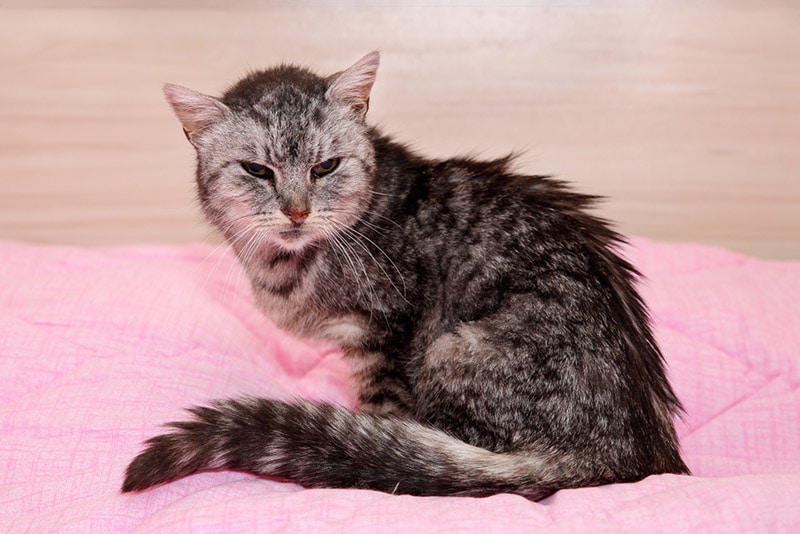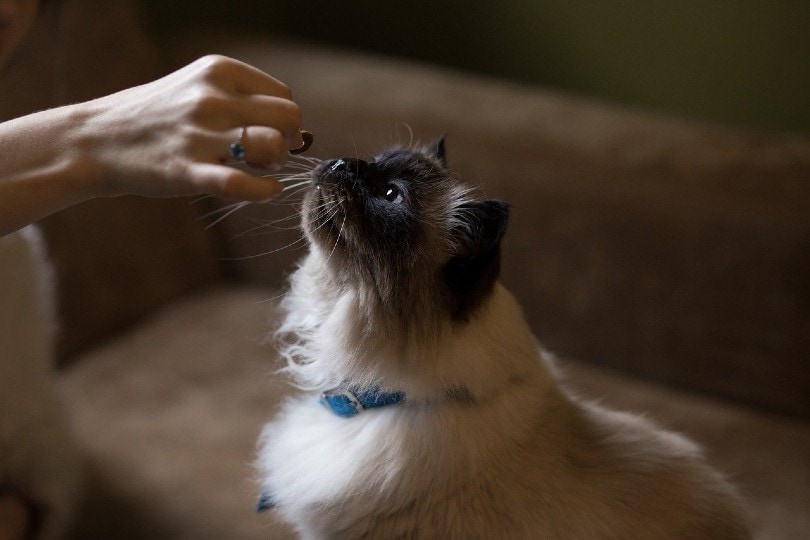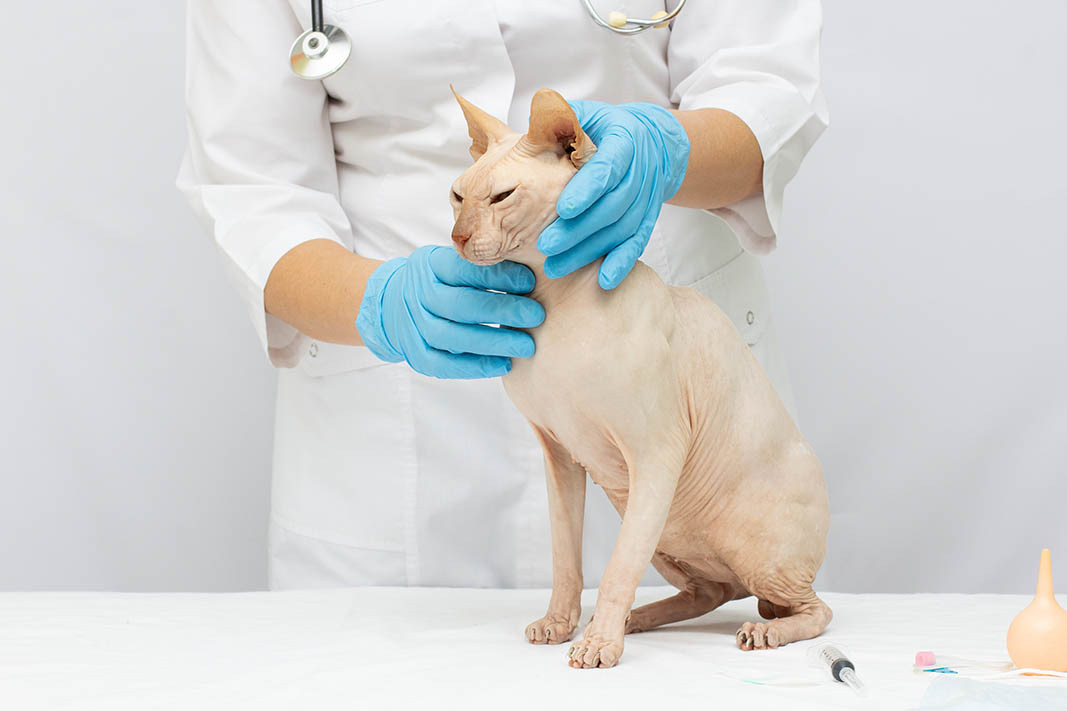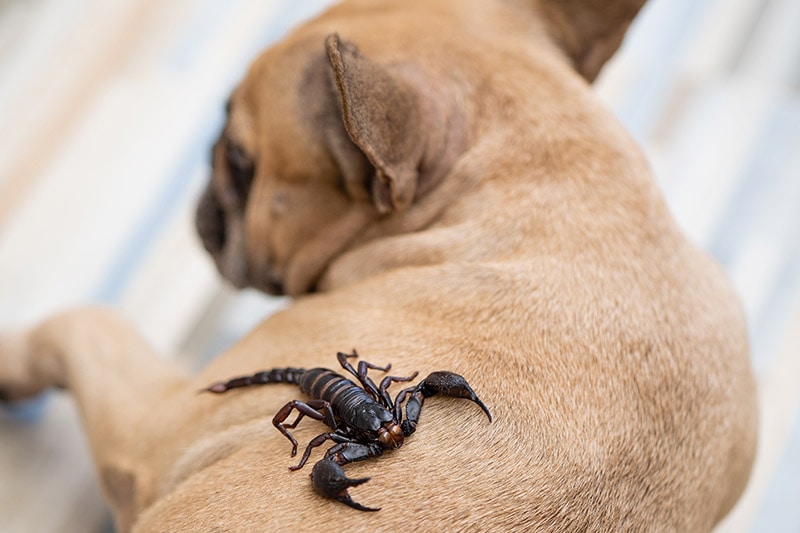6 Types of Calico Cat (With Pictures)
By Kit Copson
Updated on
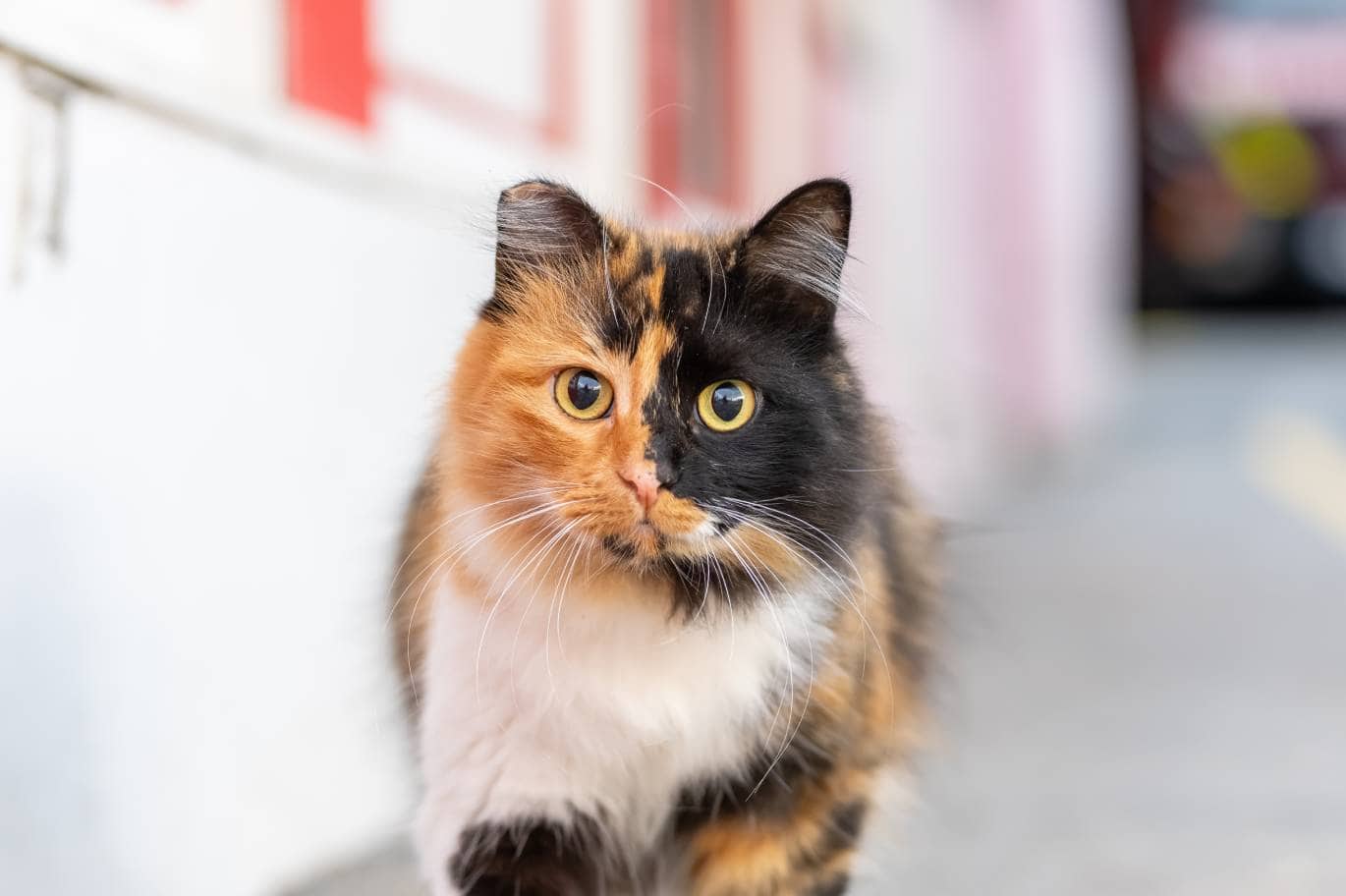
The term “calico” doesn’t refer to a single breed of cat but rather an array of domestic cat breeds with a tri-color coat. Calico cats are white with patches of orange/red and black, though the colors can vary in shade—we’ll get more into this later. Most are female as it’s incredibly rare to find a male calico cat.
Let’s explore the different types of the gorgeous calico.
The 6 Types of Calico Cat
1. “Traditional” Calico
If a calico does not inherit the dilute gene (more on this below), the coat will be white with bold black and orange/red patches. The percentage of white can be anywhere between 25% and 75%, and the striking orange/red and black patches can vary in size.
Calico cats are often mistaken for tortoiseshells, but the difference is that torties are typically bi-color and don’t always have white on their coats. Some torties do have a very small amount of white but, if this is the case, the other two colors will be heavily predominant.
2. Dilute Calico
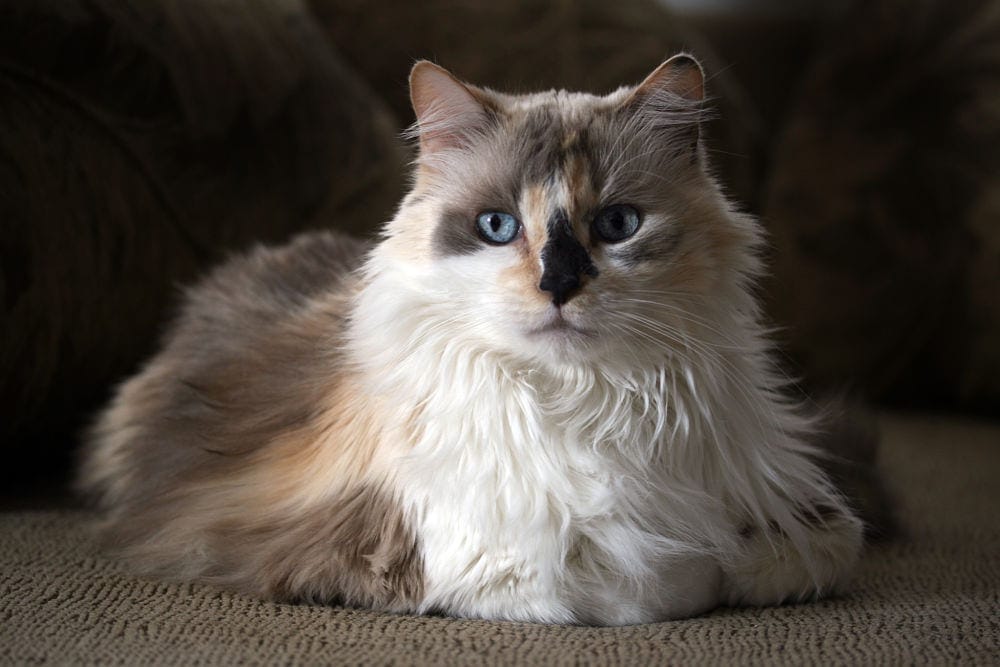
The dilute gene causes the cat to have more subtle and less bold shades of black and orange/red. Calico cats with this gene have patches of blue (a grayish color) instead of black, and that striking orange/red is diluted to a much lighter cream color. This coloration is caused by the cat inheriting two copies of the dilute (d) allele.
3. Patched Tabby Calico
Calico cats can also present with a tabby coat pattern with areas of white. Tabby cats are distinguished by their stripy coat patterns, and, on calico cats, these appear as patches of brown/black and orange stripes. The white parts of the coat will still be very obvious, which is not the case with tortoiseshells that have tabby markings (torbies).
4. Shorthaired Calico
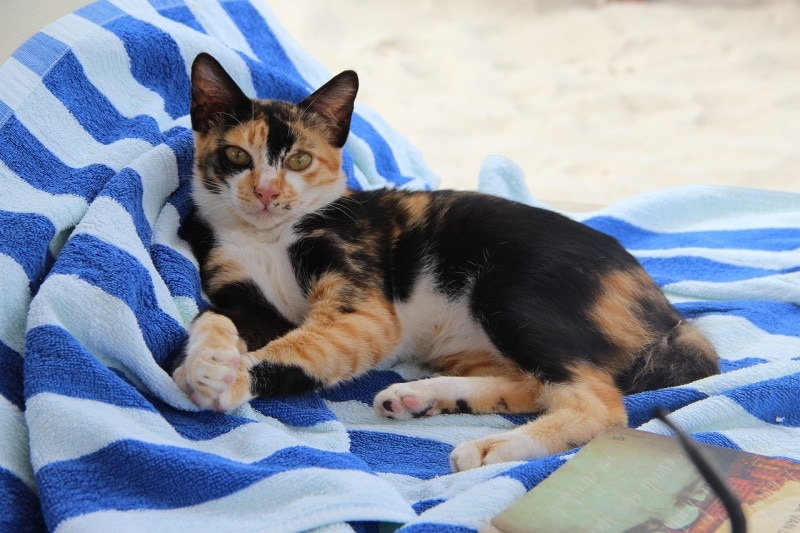
Pretty much any domestic cat breed can be calico. Examples of shorthaired cat breeds that might display the calico coat pattern include the American Shorthair, Exotic Shorthair, British Shorthair, Japanese Bobtail, Scottish Fold, Devon Rex, and Cornish Rex. Most shorthaired cats’ coats are relatively easy to care for, only requiring brushing once per week, though this may vary.
5. Longhaired Calico
As with shorthaired cats, a wide variety of longhaired cat breeds can be calico, including the Maine Coon, Persian, Turkish Angora, Norwegian Forest Cat, and Siberian. Longhaired coats are higher maintenance than shorthaired coats, requiring frequent brushing to keep mats and tangles at bay—this is just something to bear in mind if you’re considering adopting a stunning longhaired calico.
6. Male Calico
Finding a male calico cat is like finding a needle in a haystack. In fact, according to Dr. Bruce Kornreich from the Cornell Feline Health Center at Cornell University, one in 3,000 calico cats is male. This happens because two X chromosomes are required for a cat to have a calico coat, but only females have two X chromosomes whereas males have X and Y.
However, very occasionally, a male cat can be calico due to the presence of two X chromosomes and one Y chromosome. These cats may also have Klinefelter’s syndrome, which can branch out into a variety of health conditions for male calico cats, including bones that get broken easily, cognitive issues, and extra body fat that can cause health conditions like heart disease. Cats with Klinefelter’s syndrome are typically sterile.
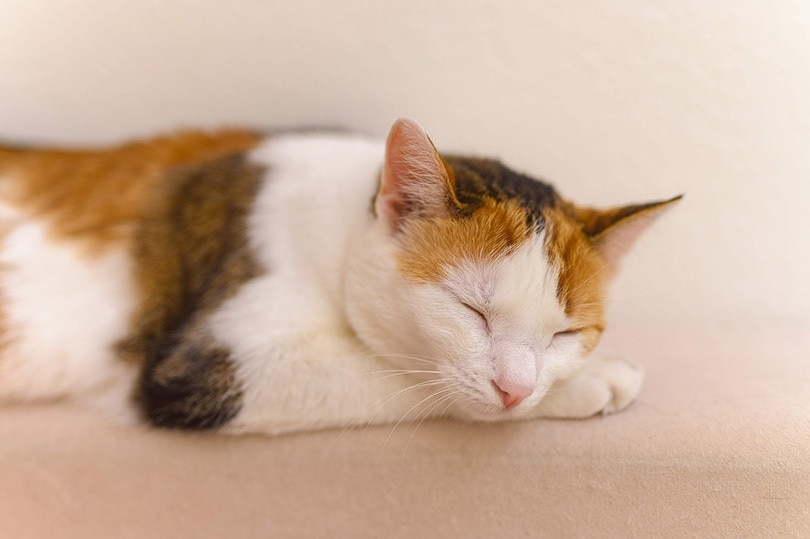
FAQ
What Are Calico Cats’ Temperaments Like?
The possibilities are vast because pretty much any domestic breed can be calico, which means you can’t pin down specific personality traits. Your calico could be independent, feisty, energetic, playful, clingy, fun-loving, regal, dignified, moody, reserved, sweet… the list goes on. A mix of these and other traits is also very possible.
Is It True That Each Calico Coat Is Different?
Yes. Though calico cats’ coats all have three colors, no two calico coats are exactly the same. This happens due to a genetic process called lyonization, which occurs randomly, thereby producing a unique pattern for each cat.
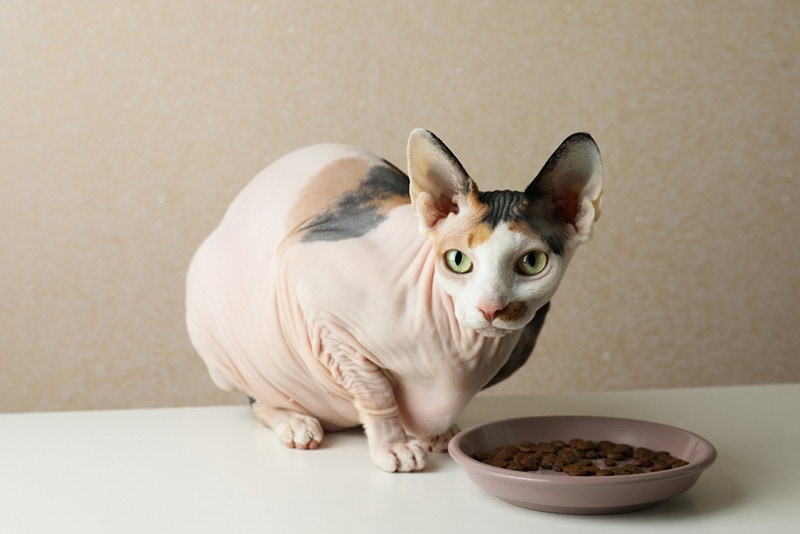
How Much Do Calico Cats Cost?
This varies depending on the cat’s breed. Breeders can sell certain breeds for high prices. For example, a calico Devon Rex might set you back up to $1,000 or even more in some cases. Luckily, you can find many beautiful calico cats of all ages in shelters looking for new homes, and these typically only come with a modest adoption fee to help out the organization and cover the cost of the animals’ care.
Conclusion
The world of calico cats is both diverse and fascinating, with a real medley of patterns, shades, and personality types possible. If you’ve fallen in love with these lovely tri-color cats, we recommend reaching out to your local shelter or rescue organization which can help match you with a true “furrever” friend.
Featured Image Credit: Burhan Oral GUDU, Shutterstock


